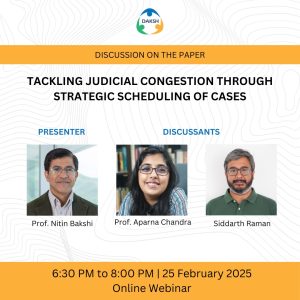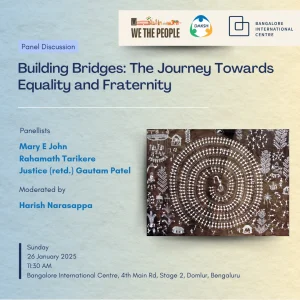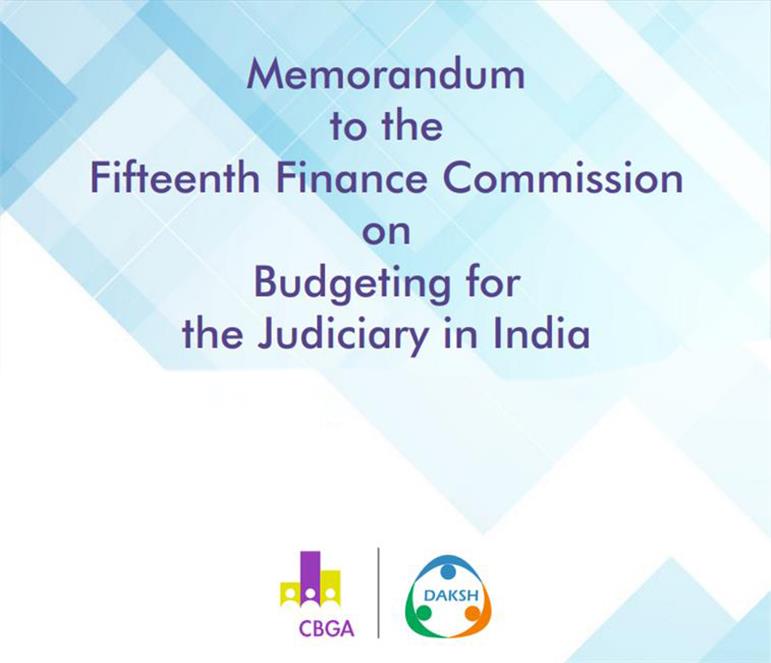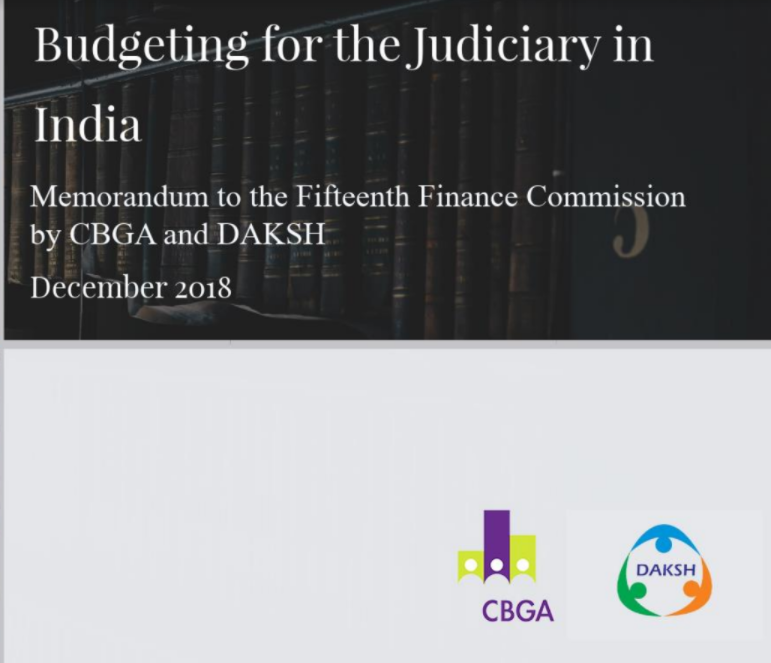

Budgetary Allocation to the Judiciary
Budgetary Allocation to the Judiciary
Imagine a courtroom in India where justice moves swiftly – cases are heard without endless delays, judges have the resources they need, and every citizen, no matter their background, has access to fair and timely justice.
But the reality? An overburdened system where cases drag on for years, courts lack basic infrastructure, judges are overburdened and timely justice feels like a distant dream.
At the heart of this contrast lies a simple yet overlooked truth – how justice is delivered in a country is significantly determined by the resources allocated to its courts. Despite repeated calls for reform from Supreme Court Chief Justices, the Law Commission, and even the Thirteenth Finance Commission, judicial budgets in India remain tied to outdated spending patterns. Special grants were introduced by the Finance Commission to bridge the gap, however, they made little to no difference. With only 20% of the grants towards judiciary by the 13th Finance Commission actually spent, systemic roadblocks meant the funds never reached where it was needed most.
The budgetary allocation for the judiciary is a crucial aspect of ensuring an efficient and accessible justice system. A well-funded judiciary is essential for reducing case backlogs, improving court efficiency, and ensuring timely justice delivery.

Research
This paper examines budgetary allocations to the judiciary, highlighting systemic issues in funding and utilisation. It analyses key challenges such as shortages of judges, staff, and infrastructure, and explores trends in judicial expenditure across Union and state levels. Focusing on six major states during the 15th Finance Commission term (2020–2026), it assesses disparities in funding using population and case pendency as benchmarks.
Structural flaws in the budgeting process, including the lack of scientific planning, auditing gaps, and underutilisation of Finance Commission grants, are critically evaluated. The paper recommends reforms for the 16th Finance Commission, including better budgeting frameworks, technology integration, judicial capacity expansion, and stronger tribunals for faster dispute resolution.
Read the full paper to know more. If you have any questions, please reach out to us at communications@dakshindia.org or rohith@dakshindia.org.
The Memorandum includes an analysis of the budgeting and resource allocation imbalances and shortfalls that affect the Judiciary and its performance. It provides details of the human and infrastructural resources required for proposed reforms. The proposed reforms are:
- The creation of Reform and Research Offices at the levels of the Supreme Court and High Courts, which would monitor the performance of the Judiciary, identify areas of improvement, and then devise and implement solutions, staffed by judicial officers and technical experts.
- The creation of a Secretariat dedicated to judicial appointments, to carry out important tasks such as calculating the number of required judges based on current and anticipated future needs, and then conducting the process of screening and appointing candidates.
- The implementation of a technology initiative, with teams dedicated to the formulation and implementation of technological solutions to administrative problems, and training judicial staff in the use of technological tools.
- The appointment of a team to develop appropriate budgeting practices for the Indian Judiciary, which will be a one-time investment in developing practices that appropriately address the resource requirements of the Judiciary.
- The implementation of pilot projects, at District Courts, Taluka-level courts, or individual courts, to test, prove, and refine the proposed reforms.
- The application of the above reforms to tribunals which are administered by the Union/State governments.
RECENT UPDATE


Webinar on Tackling Judicial Congestion Through Strategic Scheduling of Cases

Year in Review: NCLT and NCLAT Under the Supreme Court’s Microscope

Building Bridges: The Journey Towards Equality and Fraternity

-
Rule of Law ProjectRule of Law Project
-
Access to Justice SurveyAccess to Justice Survey
-
BlogBlog
-
Contact UsContact Us
-
Statistics and ReportsStatistics and Reports
© 2021 DAKSH India. All rights reserved
Powered by Oy Media Solutions
Designed by GGWP Design


